Search
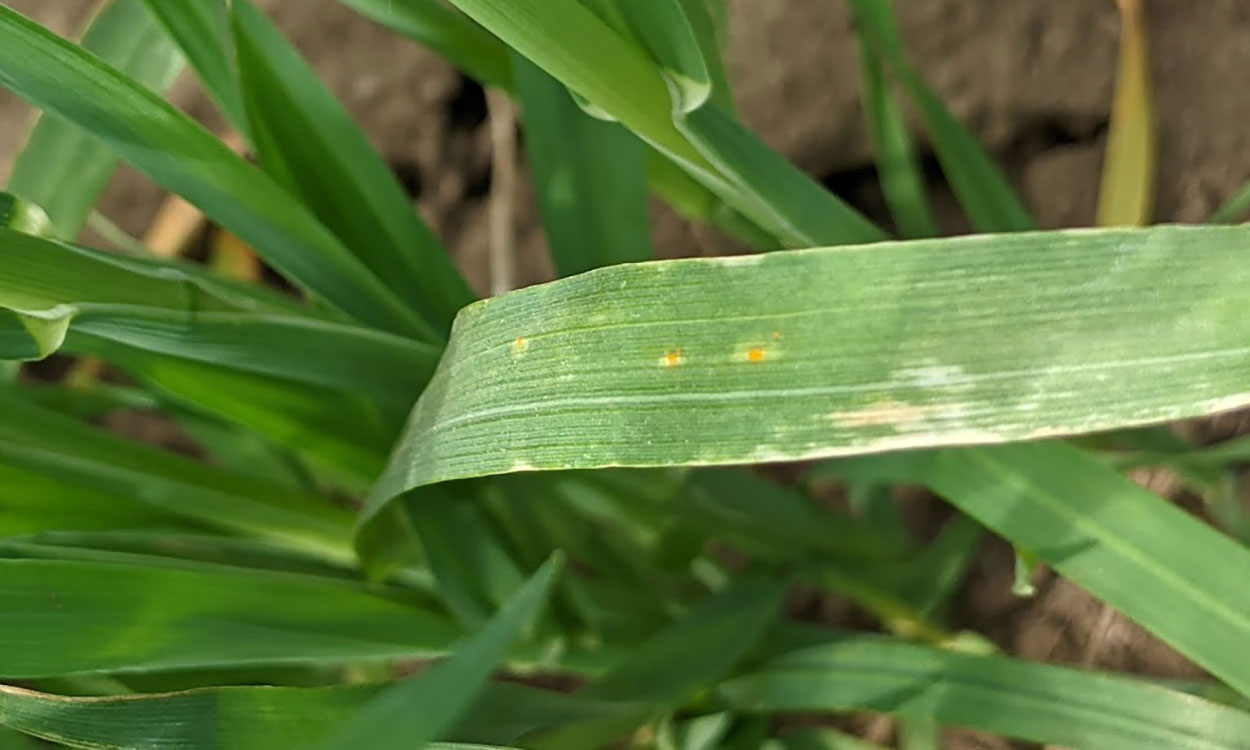
Crown Rust of Oats
Fact sheet on Crown Rust of Oats for agronomist and growers.
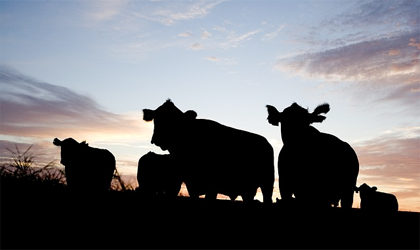
Economic Impact of the Beef Industry on South Dakota
The beef industry in South Dakota makes a significant contribution to economic output and development in the state. As of January 1st, 2012 there were 1,610,000 beef cows in South Dakota. These cows produced 1,710,000 calves during the year and the industry produced an estimated $2,283,766,027 in gross income during 2012 (South Dakota Agriculture 2013).
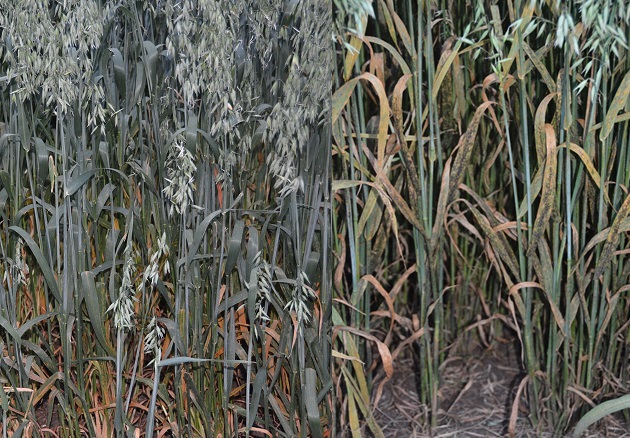
Utilize a Fungicide For Crown Rust Prevention in Oats
If you are growing oats this year for grain, be sure to scout and plan a fungicide application to protect the oats from crown rust.

Tan Spot of Wheat
Tan spot is a devastating disease of wheat in South Dakota and the rest of the wheat producing regions world over. It causes an estimated yield loss of about 5 percent in South Dakota but this loss can go up to 30 percent in individual fields.
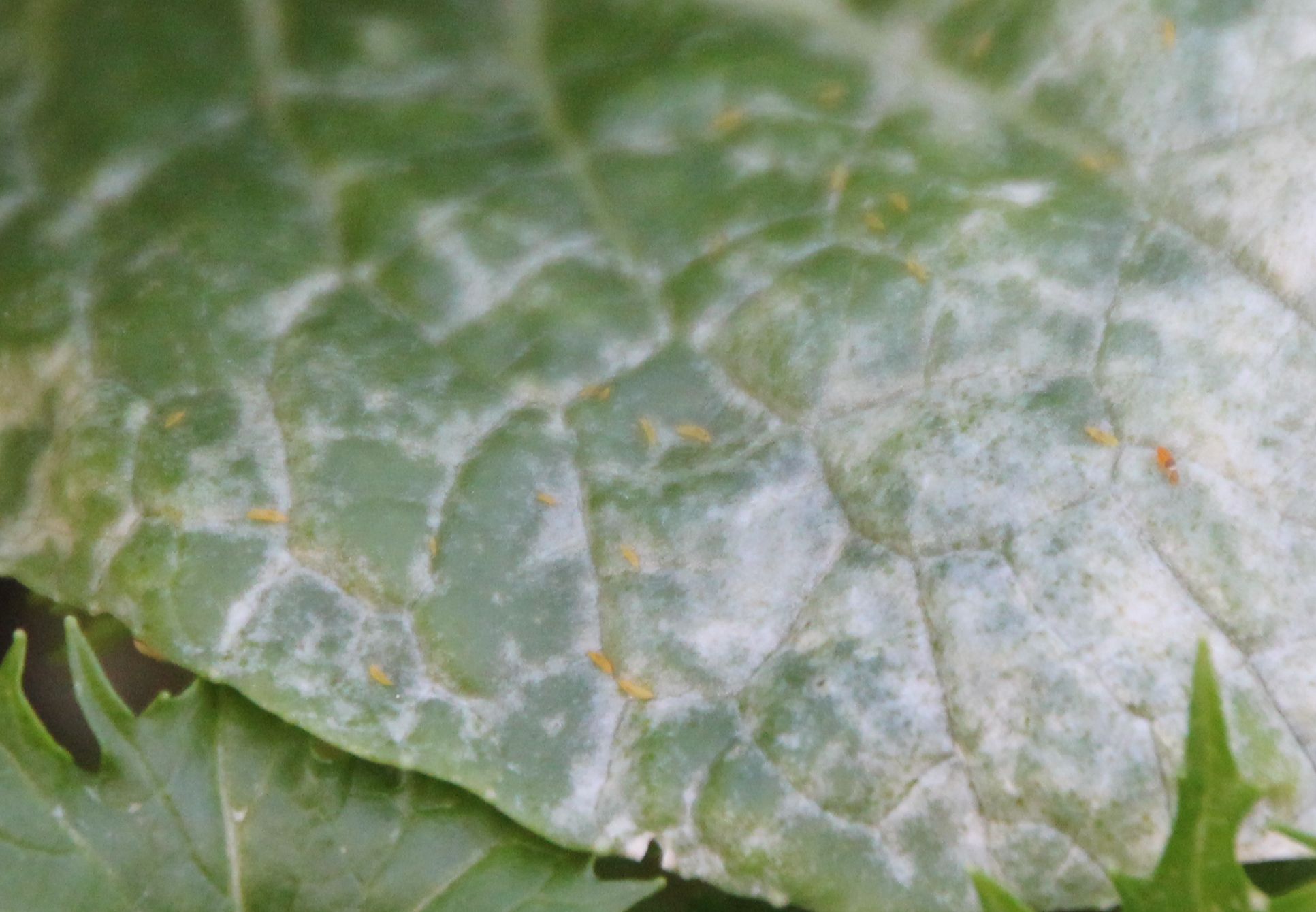
Watch Out For Houseplant Pests
Aphids, mealybugs, whiteflies and scale may be the most common insect pests that you will find on your houseplants but there are several other pests and problems you should watch out for.

Roles, Influence, and Responsibilities of a Nonprofit Board Member
Fact sheet about the roles, influence, and responsibilities of a nonprofit board member.

South Dakota 4-H Club Management Guide - What is 4-H?
4-H clubs are one of the primary ways of involving 4-H members in the 4-H program. It acts as the hub of activity, creating interest and enthusiasm for involvement in 4-H activities, and events outside the local club.
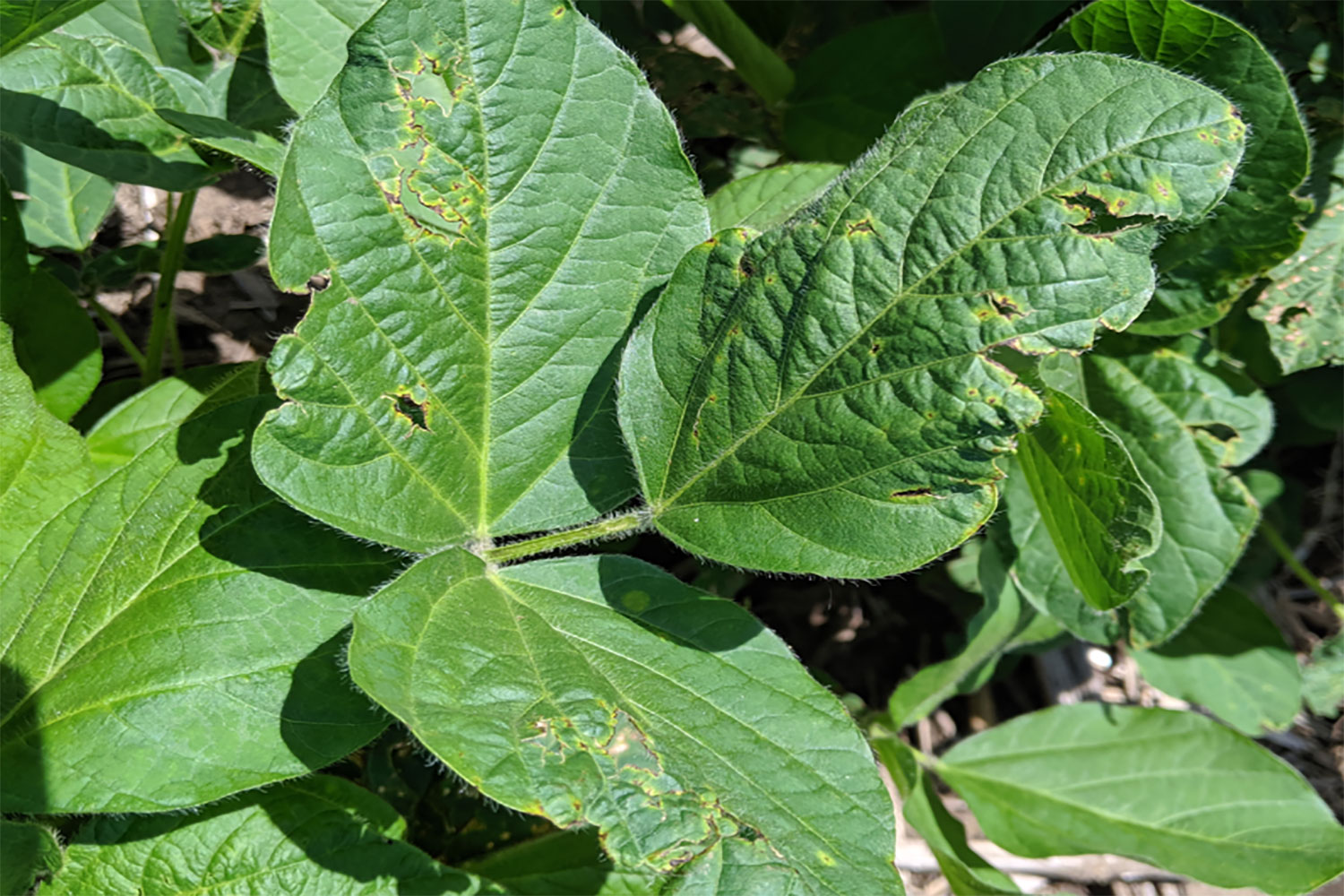
Bacterial Blight Common in Soybean Fields
Several soybean fields scouted the week of July 15, 2019 were found with bacterial blight developing. The frequent rains experienced in most soybean growing counties have led to the development of this disease. Bacterial blight affected leaves are most evident on younger leaves in the upper canopy.

Cover Crops
The benefits of planting cover crops are numerous.
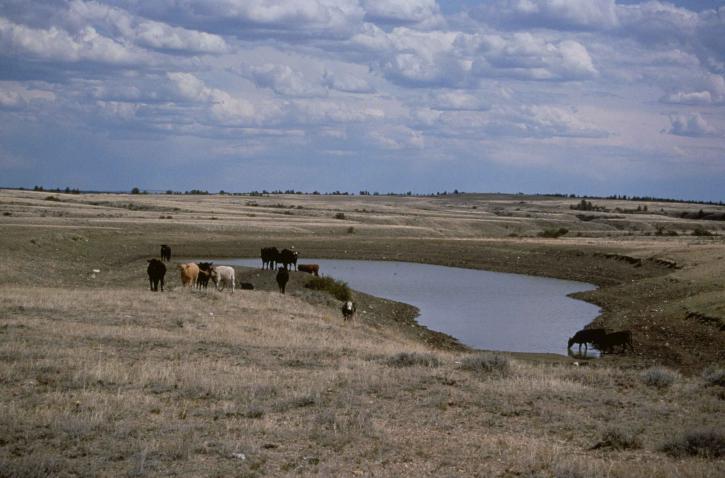
Nitrates and Livestock Water Quality
Nitrate poisoning is something we think about with forages such as millet, oats, corn, sorghum, sudan, kochia and others that have been fertilized or if there is a drought, but water can also be a contributing factor.